By Julie Vrazel
If you’re like me, you buy your beef based on taste, price and nutrition. But where did that meat come from?
Growing up on a cow-calf operation and showing cattle across the Lone Star State, I actively participated in all aspects of beef production.
From pasture to plate, I was involved in genetic selection, nutritional management and animal care and handling. This firsthand experience in agriculture taught me quite a bit about the beef on my plate.
It turns out cattle nutrition is just as complex as human nutrition. Who would have thought? Certainly not the nine-year-old me. But with age, I began to better understand how cattle respond to different feeds. My cattle, like the vast majority, started their lives on pasture and gradually moved to higher energy diets with more grains like corn, oats and barley.
This diet change allowed me to produce a higher quality beef carcass at the end of my project. Beef quality is enhanced by having more flavor-packed marbling–those tiny, white flecks of fat inside steaks–and a higher grain diet lets cattle do that most efficiently.
After my nine months of hard work was evaluated by a judge in the show ring, my market steer project would enter the food chain. I worked with my project advisors and local veterinarian to establish the best methods for producing a safe and wholesome project that would compete with the best across the state and still satisfy the pickiest palates.
I started showing cattle because I had a passion for the four-legged bovine. That passion soon transformed into much more as I started thinking about the food I eat.
The lessons learned through youth livestock projects are invaluable. My understanding of beef production from gate to plate combined with animal care and handling comes from my hands-on involvement in agricultural youth programs like 4-H and FFA.

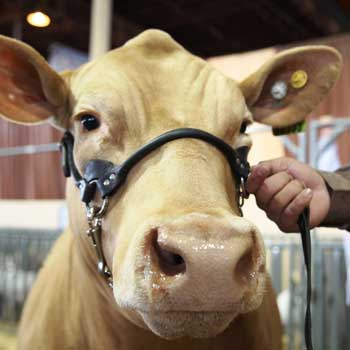
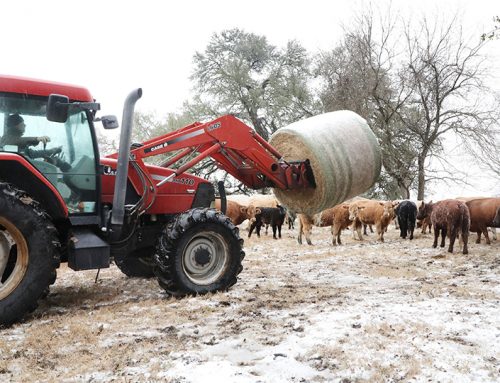
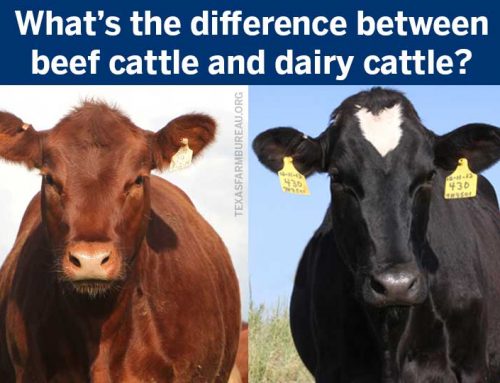
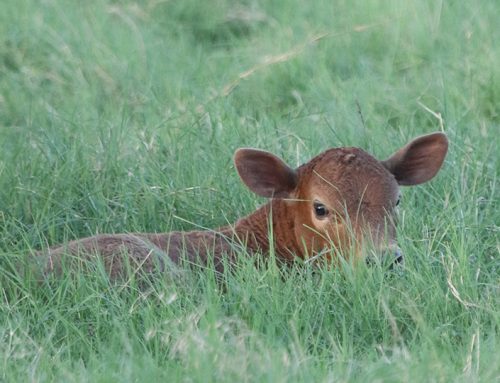
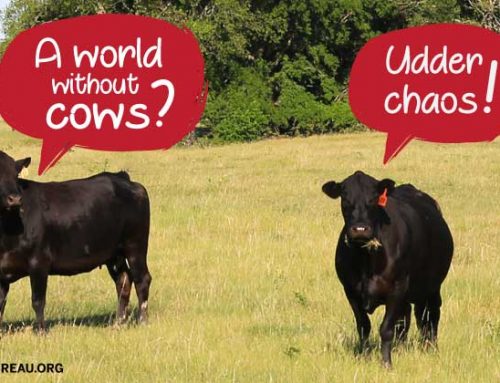
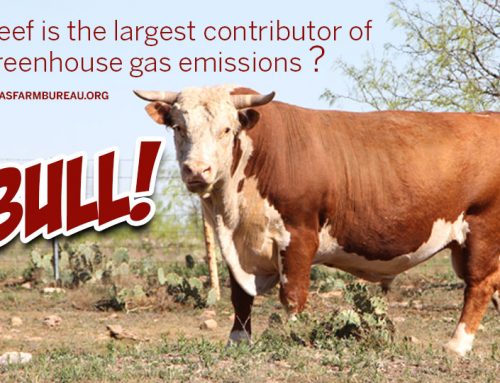




Leave A Comment